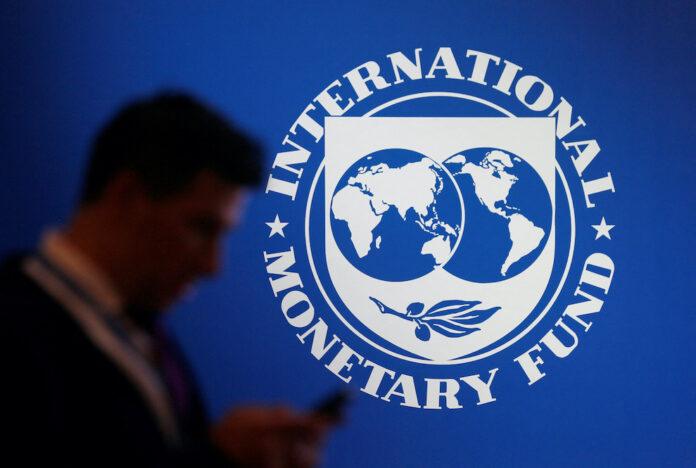The International Monetary Fund (IMF) has cut its projection for Asian economic growth to 4 percent in 2022. This figure is due to some global challenges that hinder economic recovery.
In the Asia-Pacific economic outlook, the International Monetary Fund (IMF) cut its forecast for Asia-Pacific economic growth to 4 percent this year and 4.3 percent in 2023 from previously 4.9 percent, and 5.1 percent in the April World Economic Outlook.
Director of the IMF Asia and Pacific department Krishna Srinivasan said Asia’s strong economic recovery at the start of the year was starting to lose momentum. This can be seen from the economic growth in the second quarter of 2022 which was weaker than the IMF forecast.
Even so, he said the economic outlook for Asia is still brighter than other regions.
“Asia remains a relative bright spot in the dimming global economy,” said Krishna in the Regional Economic Outlook Report for Asia and Pacific: Sailing into Headwinds, Friday (28/10/2022).
The IMF said the weakness in Asia Pacific was caused by facing three economic pressures that were expected to continue.
The first pressure is on tightening global monetary policy. The Federal Reserve has become much more aggressive in tightening monetary policy to bring down the soaring rate of US inflation. This has put a tremendous strain on the financial conditions in Asia.
Furthermore, the second economic pressure is on the Russo-Ukrainian war. Russia’s aggression in Ukraine has resulted in a surge in commodity prices in Asia. The surge in commodity prices has become an important factor behind currency depreciation in most countries in Asia.
The third obstacle is China’s slowdown in growth. The IMF cut its forecast for China’s economic growth to 3.2 percent this year due to the impact of the Zero Covid policy and the crisis in the real estate sector.
Although Asia’s inflation rate is likely to be lower than other regions in 2021, the sharp volatility in global commodity markets following Russia’s invasion of Ukraine in February put additional pressure on key Asian inflation in the first half of 2022.
Krishna stressed that policymakers need to tighten monetary policy further to ensure that inflation returns to target and inflation expectations remain under control. In addition, fiscal consolidation is also needed to stabilize debt levels and support monetary policy stance.
“Asia is now the largest debtor in the world in addition to being the largest saver, and several countries are at high risk of experiencing debt distress. The dynamics of government and private debt have become worse after the pandemic due to slower growth and higher debt levels,” he said.


















